Iran can alleviate global fuel crisis if sanctions lifted
As the world slowly recovers from the consequences of the coronavirus pandemic, just before winter sets in, demand for fuel is surging and so are the prices of oil and its byproducts.
The world is encountering an energy crunch as the supply of energy sources is failing to meet demand.
Natural gas prices have increased several-fold in Europe, while several factories in China have shut down recently due to power outages linked to the short supply of coal.
In the UK, meanwhile, many fuel pumps are shut off and the country’s military has been called in to overcome any violence.
India’s power plants are also running on critically low coal stocks.
In the United States, people are dealing with natural gas prices that have gone up 47% since the beginning of August, and the energy crunch has caused oil prices to hit seven-year highs.
These circumstances are causing central banks and investors to worry. Rising energy prices are adding to inflation, which already was a major issue with the global economy trying to recover from the continuing effects of COVID-19. Dynamics over the winter could make matters worse.
In the meantime, two countries with some of the largest hydrocarbon reserves in the world, Iran and Venezuela, are under US oil sanctions.
Why has increased demand in recent weeks for energy conduits resulted in increasing prices?
In general, the price increase is due to the imbalance that has occurred in the market, since September, October, and November, when there has been a shortage of 1.1 million, 1.2 million, and 900 thousand barrels of supply in the market, respectively.
This naturally leads to an increase in price. Now the point is what is causing this supply shortage? [sic] If we look more closely at the market balance, on the one hand, the demand has been soaring as the COVID-19 pandemic is being restrained.
On the other hand, increased demand for petroleum products due to a hike in gas prices and shortage of natural gas in the market has increased the demand for oil.
Mohammad Sadegh Jokar, Institute for International Energy Studies
Since energy prices impact economic policies across the supply chain, the rise in prices has had a significant effect on economies, with many companies in Europe and Asia shutting down, unable to bear high energy costs.
Analysts have attributed the rise in global energy prices to several factors. Some see "the rise as driven primarily by the bounce-back witnessed in consumer demand, as economic activity returns to normal after the pandemic. Production however, has failed to bounce back as quickly, due to disruptions to the supply chain caused by the pandemic."
Other analysts see the rise in energy prices as "an example of ‘greenflation’ caused by increasing restrictions placed by governments on traditional energy sources."
The incident which has affected oil markets is a shortage of LNG gas. Because the world could not have predicted that things would go back to normal this fast and it appears that it didn’t plan for the winter season. On the one hand, the demand has risen dramatically, and on the other, natural gas cannot be supplied as easily as oil. Also, Russia hasn’t delivered surplus shipments to the European market in recent months. Now if we want to calculate the oil price based on the gas prices, it must be somewhere near 180 dollars per barrel. This has caused concerns.
Hamid Hosseini, Oil Market Analyst
Oil prices went over $80 a barrel this week for the first time in three years, with natural gas and coal also reaching multi-year peaks.
The Organization of the Petroleum Exporting Countries, OPEC, is planning to meet shortly, to decide whether to free up spare production capacity to help control prices.
OPEC and OPEC + seem to have reached an intellectual maturity in cooperation and are very cleverly and wisely managing the global oil market in proportion to their long-term interests and not necessarily to the detriment of consumers.
However, they are concerned about the outlook for the oil market and, given this concern, are trying to manage and control the supply of oil to world markets in the sense that, despite expectations, and despite pressure from the United States and some the industrialized countries.
Alireza Soltani, Energy Economics Analyst
Additionally, Iran and Venezuela two founding members of OPEC have inked an oil contract to counter the sanctions the United States has illegally imposed on both nations’ oil exports.
As the South American country seeks to boost its oil exports in the face of U.S. sanctions, it has agreed to a crucial contract to swap its heavy oil for Iranian condensate that it can use to improve the quality of its crude.
The swap agreement is planned to last for six months in its first phase, but could be extended.
To what extent does boycotting big oil producers, such as Iran and Venezuela, increase prices and decrease demand?
The Trump administration was in favor of sanctions because it wanted to find a market for its oil and gas under its Energy Dominance strategy. If that didn’t happen, the US increased supply would result in an imbalance and the prices would drop as a result. That scenario would prove damaging to the U-S energy dominance. In case the prices went up, American consumers would be at a disadvantage. That’s why Trump had reached a price range of between 45 to 65 dollars. The Biden administration published its national security strategy in March 2021 in which it explained the system it’s going for is one favoring the transition toward renewable energies. This new system brings a new serious threat to the prices.
Mohammad Sadegh Jokar, Institute for International Energy Studies
A Chinese logistics firm is going to play a key role in the supply of oil from Iran and Venezuela, even after it was blacklisted by Washington two years ago for handling Iranian crude under the sanctions regime. "This highlights the limitations of Washington's system of restrictions", analysts say.
According to Julia Friedlander, who is a senior fellow at the Atlantic Council's GeoEconomics Center, these types of events "show there are limits to what the US sanctions can do, especially when you target multiple like-minded, or selectively like-minded actors, like oil traders. So, you incentivize these alternative axes of resilience,”
"China maintains normal, legitimate trade with Iran and Venezuela under the framework of international law that shall deserve respect and protection," a spokesman for China's foreign ministry said in reply to inquiries about the role of Chinese companies in the trading of sanctioned fuel. Adding, "China strongly opposes unilateral sanctions and urges the United States to remove the 'long-arm jurisdiction' on companies and individuals."
US officials, typically, do not move to intercept Iranian or Venezuelan oil shipments bought by Chinese or any international customers. But they do make it difficult for those involved in the trade by barring US citizens and companies from dealing with them, making them outcasts for western banks.
In the previous government, some expressed wonder at why India refuses to buy Iranian oil, complying with sanctions and orders by the U-S?! But we have to ask this question: why should they buy Iranian oil? To answer this, we have to discuss our marketing strategy. The sanctions must become the problem of our customers, and not us.
We have made the sanctions our problem because of our strategic viewpoints and actions or inactions in the face of the sanctions. Indians were asking themselves why they needed to buy oil from Iran in 2018 considering the figures from the year before when they purchased eight-point-1 billion Euros worth of Iranian oil but paid back one-point-four billion Euros worth of products.
Right now, they consider one-point-4 billion Euros of products in exchange for 8 billion euros of oil not a bad deal. But if that number were something like six billion euros, would they stop buying Iranian oil that easily? They’d be pressed to ask the US for sanctions waivers, as Iraq and Turkey did.
Mohammad Sadegh Jokar, Institute for International Energy Studies
Energy supplies are likely to remain limited for a while, as it takes time for producers to boost their output in response to higher demands.
The crunch is expected to get worse if a severe winter increases energy demand further. Much will also depend on how governments on either side of the Atlantic react to the current crisis. As it stands now, countries are already trying to outbid one another for supplies. It could get a lot more competitive when temperatures drop during the winter.
The current energy crisis in Europe is an alarming sign of what's to come for the rest of the planet in the coming months.
Predictions tell of a sharp rise in global demand for fuel, this winter. Can Iran make use of this opportunity, in spite of sanctions?
In fact, Iran is deprived of the benefits of the rise in oil prices. If there weren’t any sanctions and Iran was able to sell its oil as easily as it could in the past, it would be a great opportunity for the Iranian economy to make up for its shortages caused by a halt in exporting oil and lower oil prices. But the sanctions continue to cast a shadow on the Iranian economy, preventing the country from taking advantage of the current uptick in oil prices.
Alireza Soltani, Energy Economics Analyst
Until a couple of months ago, it was not very important for the world that Iran is under sanctions because supply exceeded demand. But the current trends in the global market may put pressure on consumer countries, European countries, and countries like India and China, or US allies to push the United States to lift sanctions.
Of course, part of this depends on what OPEC countries decide. Because they still have a capacity of several million barrels to increase production. If these countries agree under US pressure to increase their output, the prices will certainly not remain this high.
But if these countries are not ready or capable for any reason to increase their output, or if they are not willing to give in to the pressures, we can expect a price increase of up to 100 dollars per barrel. At that time, these hikes could definitely affect the sanctions on Iran and Venezuela.
Hamid Hosseini, Oil Market Analyst
Iran helps alleviate fuel crisis
In recent years, Iran has shown that even under oil sanctions it has been able to export its oil through alternative methods- albeit less so.
Recently, the first of several truck convoys carrying Iranian fuel was shipped to Lebanon via Syria. The fuel delivery has been characterized by the Lebanese group Hezbollah as a huge boost to the country which is in desperate need of fuel.
This was only the first of four Iranian fuel tankers scheduled to dock in Syria’s Baniyas port shortly. Oil export monitor Tanker Trackers says "the four-tanker shipment contains a total of 33,000 metric tonnes of gasoil and would need 792 trucks to deliver the entire shipment to Lebanon".
China is also among the few nations that are importing crude oil from the Islamic Republic.
Iran’s oil exports have dipped under the “harshest ever” US sanctions that were reimposed three years ago, after former president Donald Trump abandoned Tehran’s 2015 nuclear deal with leading world powers.
Iran was the fifth-largest crude oil producer in OPEC in 2020 and the third-largest natural gas producer in the world in 2019.1 It holds some of the world’s largest deposits of proved oil and natural gas reserves, ranking as the world’s third-largest and second-largest reserve holder of oil and natural gas, respectively, in 2020.
By the end of 2020, Iran accounted for 25% of oil reserves in the Middle East and 12% in the world.Despite its abundant reserves, Iran’s crude oil production has fallen since 2017 because the oil sector has been subject to underinvestment and international sanctions for several years.
Iran must consider the worst-case scenario and see how it can move toward neutralization of the sanctions and not their removal. The removal of sanctions means engaging in talks, like the 20-15 Iran Nuclear Deal, to suspend the sanctions, a move that carries a high degree of uncertainty. This is because the suspension of sanctions has to be confirmed every six months by an executive order from the U-S president, which involves a certain degree of uncertainty. The Islamic Republic must move toward the neutralization of the sanctions, something that the current administration in Iran is pursuing. This means we have to nullify the effects of the sanctions.
Mohammad Sadegh Jokar, Institute for International Energy Studies
Although Iran is a member of OPEC, it is exempt from the production cuts under the OPEC+ agreement because its crude oil production remains limited by U.S.-imposed nuclear-related sanctions. Iran’s crude oil production reached a 30-year low in 2020 as a result of these sanctions and the impacts of the global COVID-19 pandemic. EIA assesses that Iran’s production could return to full capacity, at 3.8 million barrels per day (b/d), if the United States lifts oil sector sanctions.
Iranian oil production is now about 2 million to 2.5 million bpd, with around 2 million bpd allocated to domestic refineries and roughly 500,000 bpd to exports, a source close to the oil ministry said
Iran and the leading world powers have been in talks since earlier this year to revive the nuclear pact and have held several rounds of negotiations, which have been inconclusive so far. Iran remains hopeful that it would be able to reinstate its oil production to pre-sanctions levels once the sanctions are lifted by the US.
Increased demand for winter occurs mainly in summer because oil purchase contracts are long-term contracts of 3 to 6 months and purchase and sale contracts for most of the oil supplied in winter and cold seasons are made and arranged in the previous months.
So the effects of the entry to the cold seasons have already been felt and if there are any purchases or sales, they'll be for the coming warmer seasons.
Therefore, the effects of cold seasons on the global oil market and the increased demand and in turn, increased prices have already been felt. We’re experiencing the results of those factors.
Hamid Hosseini, Oil Market Analyst
Despite all difficulties like the coronavirus pandemic and US sanctions, the Iranian oil and gas industry has been developing at a rapid pace. Various sectors of Iran’s oil and gas industry including exploration, production, processing, and distribution are all among the world’s top rankings and the country is taking new steps to develop the industry even further.
To what extent would you say Iran’s oil industry is independent? Is it sufficiently so?
They can also push for the lifting of these sanctions. For example, Turkey and Iraq. Iraq has a contract with us for another 2 years. Turkey has had a 25-year contract with us which is now getting expired.
But what if these events had not happened in the gas market and they could have replaced LNG?
Right now, the Turks are one of the buyers of LNG from the United States. They have tried to cover their shortage by buying LNG from Qatar and the United States. Now that prices have risen so much, they all seem to be interested in renewing their long-term contracts with Iran.
On the other hand, the high prices of gas put pressure on the demand for petroleum products. Now, many power plants that have been using gas are likely to prefer to use petroleum products as gas prices soared.
Hamid Hosseini, Oil Market Analyst
Among different sectors of this industry, refining is a major one which is seriously attractive for development. According to Owji "the country’s daily oil refining capacity will increase by one and a half times to 3.5 million barrels in the near term."
Beside its huge crude production capacities, Iran is also a leading supplier of natural gas with a current production of over 1 million cubic meters per day. Therefore, gas refinery development is also being pursued as a high priority.
Bid Boland Refinery, in the southwest of Iran, is an outstanding example. The refinery, which was inaugurated in mid-January, has a daily processing capacity of more than 56 million cubic meters of associated gas, and when operating at full capacity it will generate $700 million of revenue every year.
As the largest gas refinery project in West Asia, Bid Boland will have an annual production capacity of 10.4 million tons of methane, 1.5 million tons of ethane, one million tons of propane, 600,000 tons of gas condensates, and 500,000 tons of butane.
Speaking of self-sufficiency, there are several issues to consider. One is the products, in which case we can confidently say that we’re self-sufficient in refining and producing gas and petroleum products. In terms of self-sufficiency in the engineering of oil projects, construction, pipelines, drilling, making offshore platforms and so on we’re in a much better situation compared to other oil producers. We are in an acceptable position when it comes to equipment too. There are 700-800 Iranian companies that are manufacturing oil industry equipment and have taken some very good steps.
Hamid Hosseini, Oil Market Analyst
VIDEO | Press TV's news headlines
Trump floats ‘Dream Military’ fueled by record $1.5-trillion budget
Iran: US interventionism aimed at inciting violence, terrorism
VIDEO | Tunisian parties denounce Trump’s foreign policy as violation of intl. law
Trump’s immigration crackdown turns deadly; president says killer acted in ‘self-defense’
VIDEO | Trump renews highly aggressive rhetoric towards Iran
VIDEO | Transatlantic tensions: Greenland
VIDEO | Yemen’s Saudi-backed government expands control amid coalition strikes on separatists



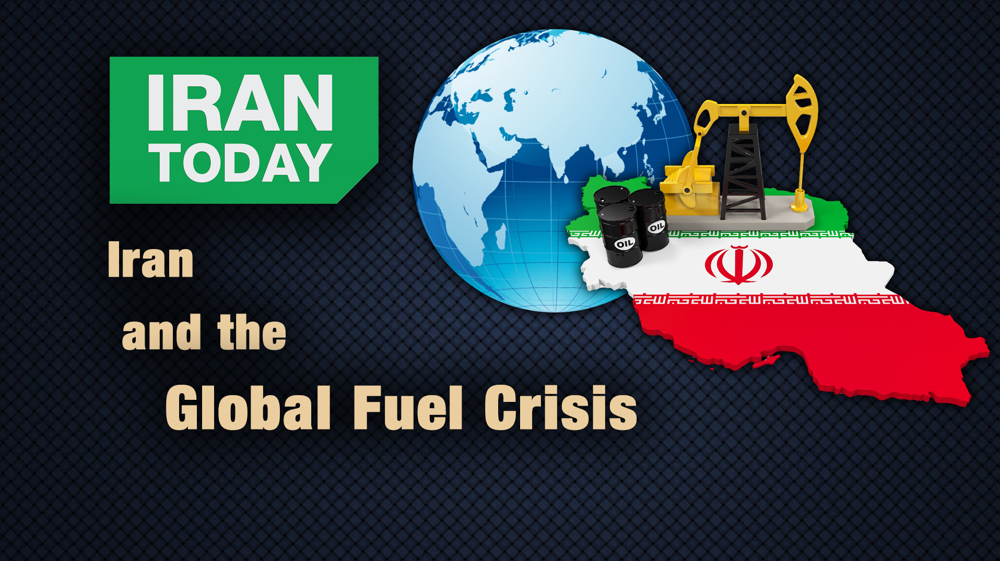
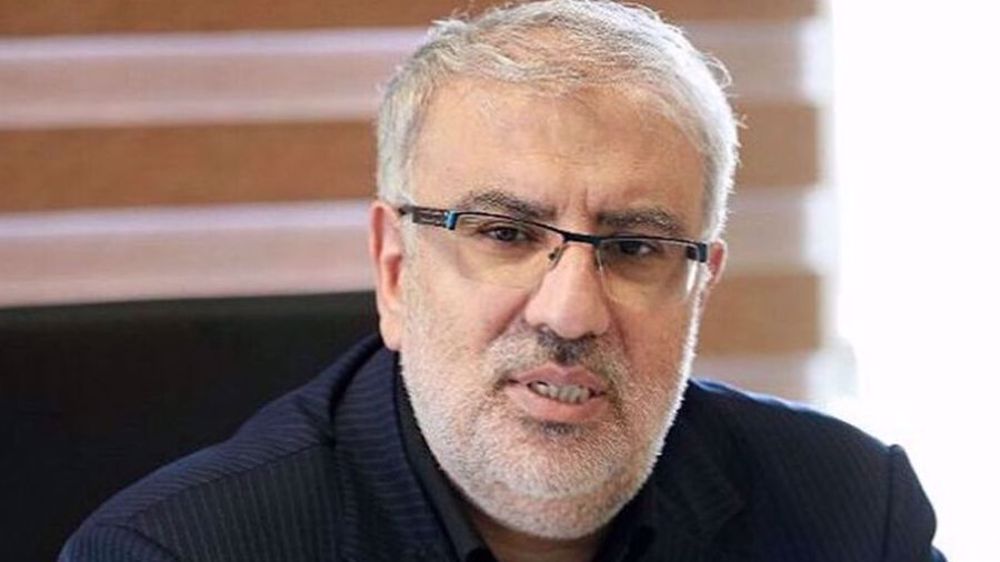
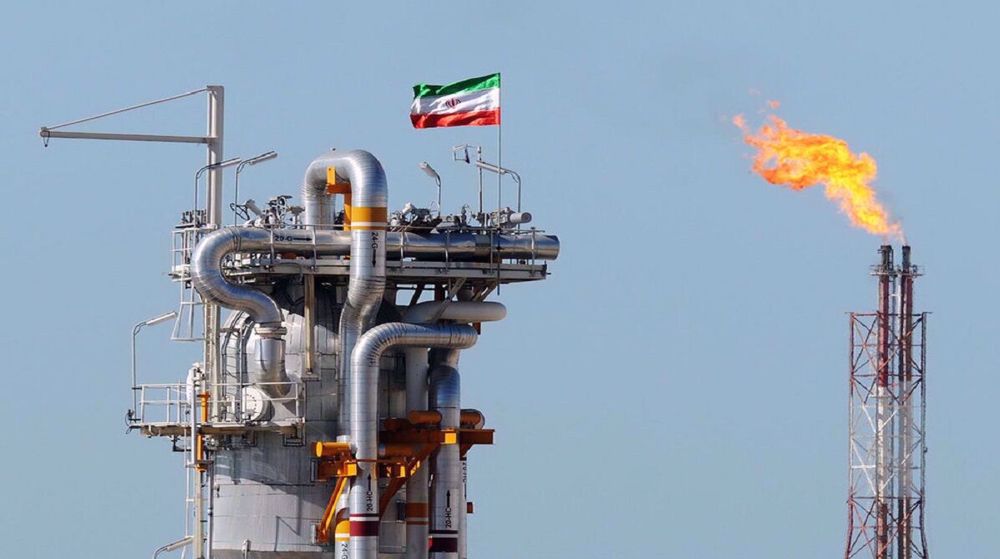
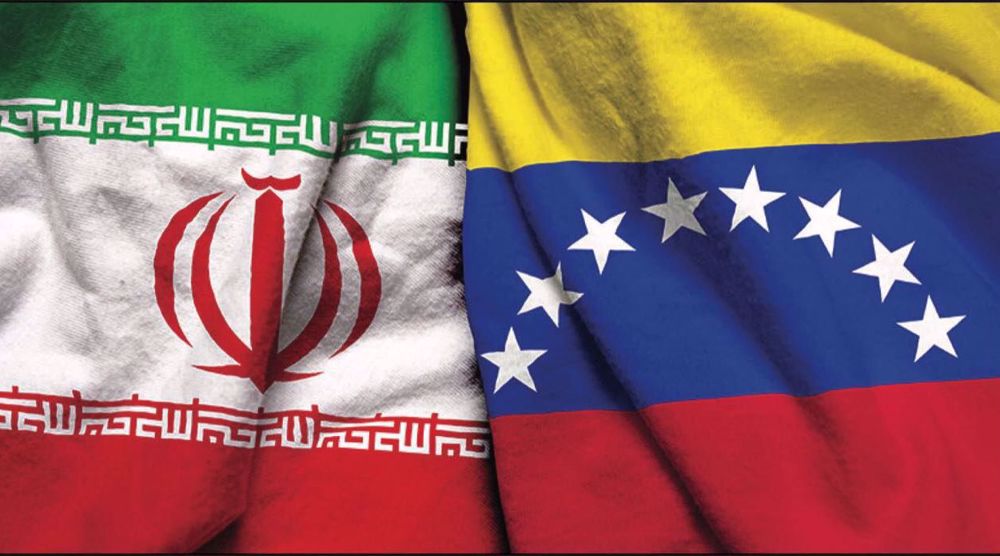
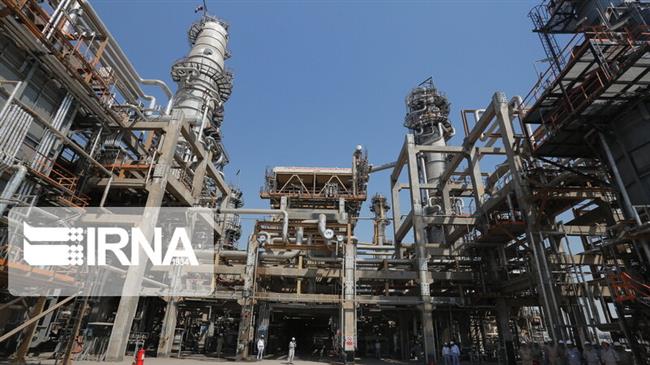



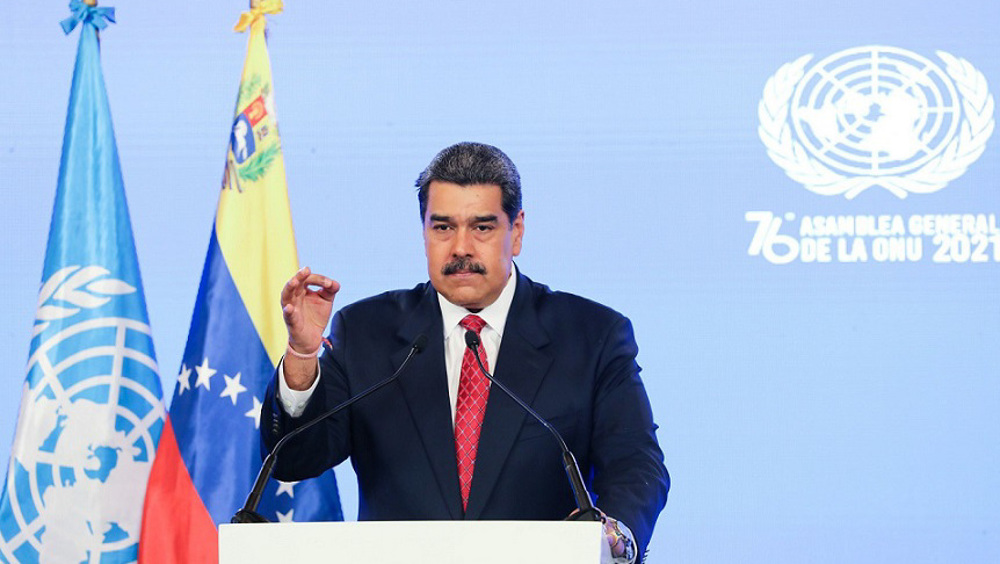
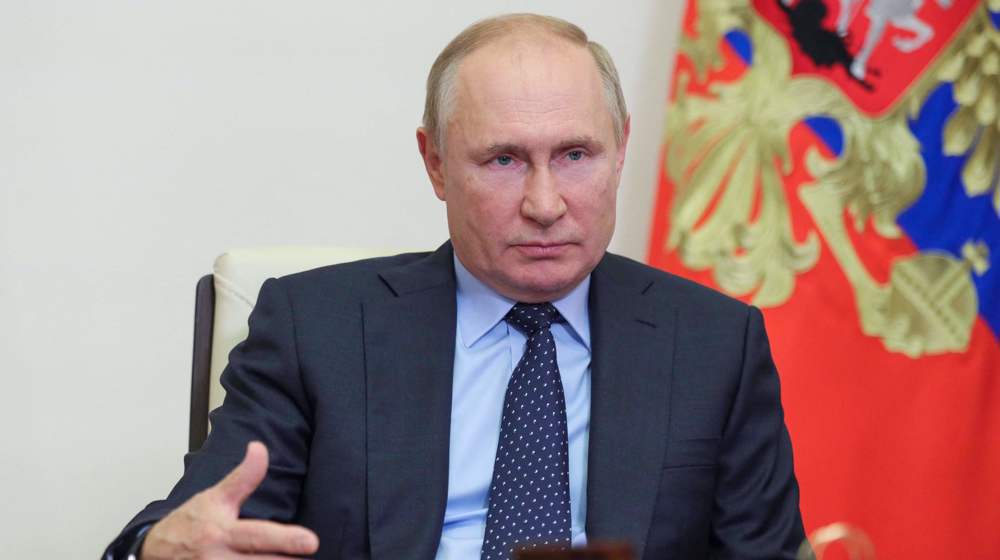


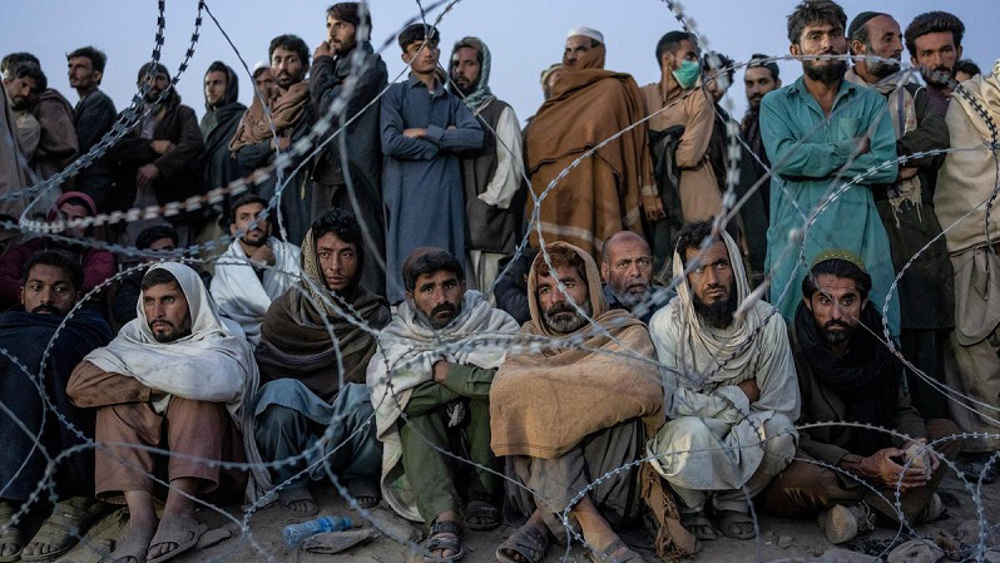



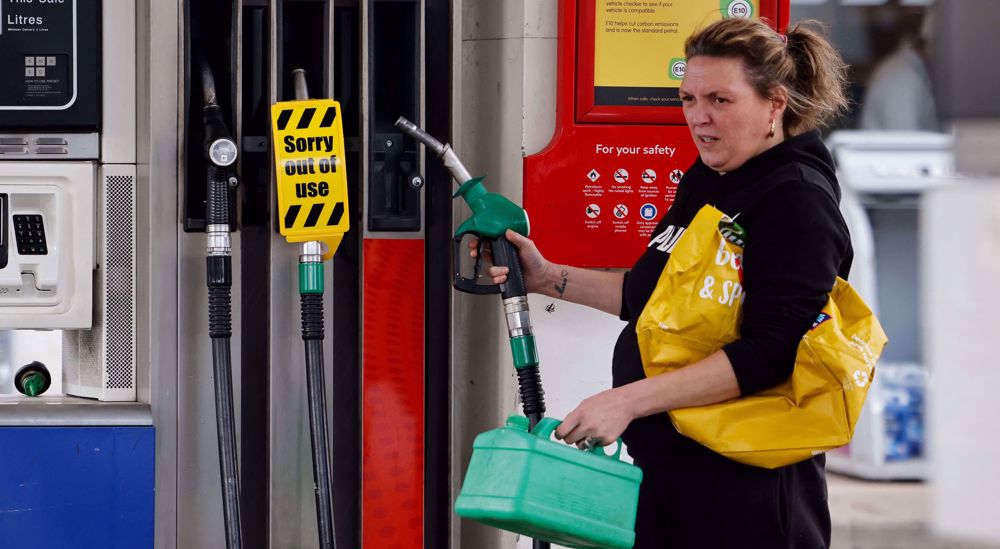
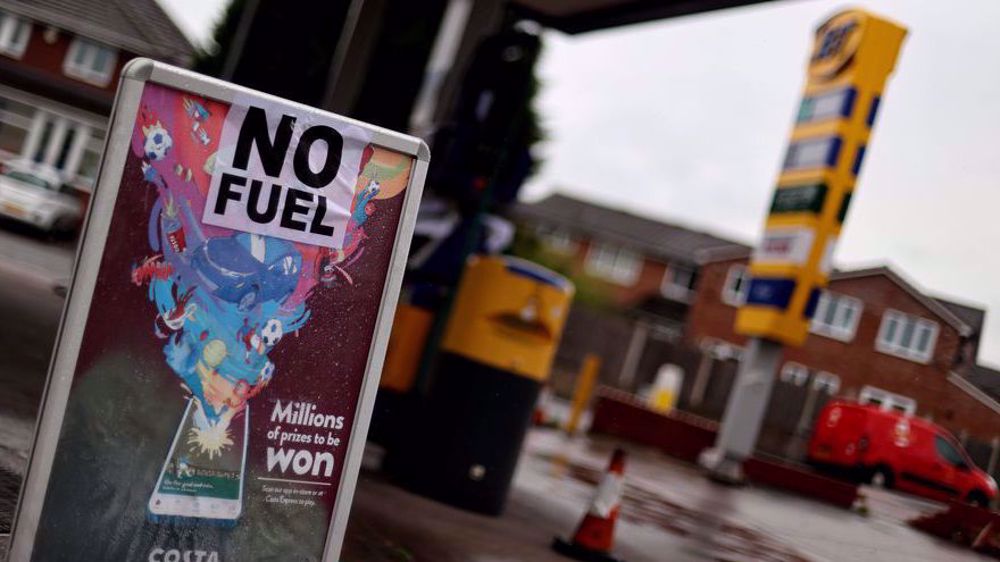

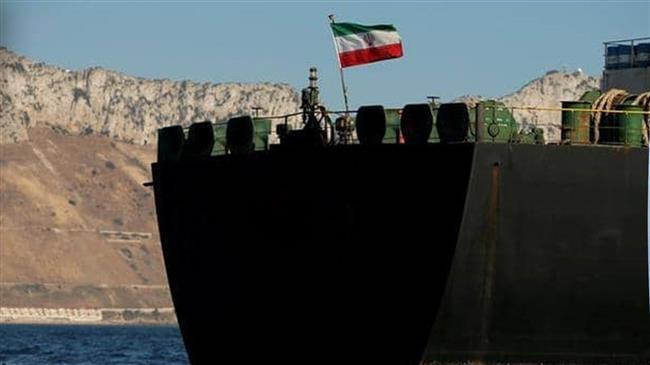
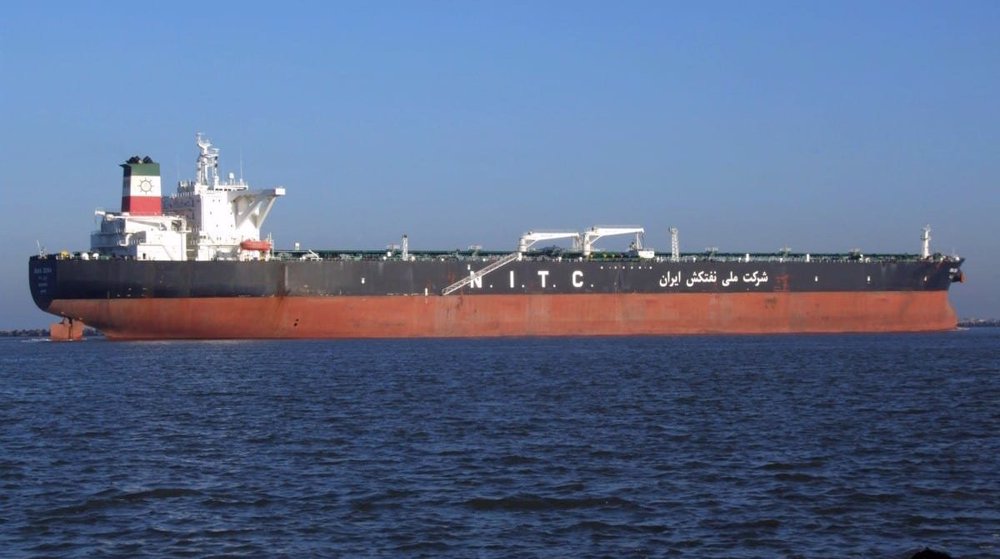


 This makes it easy to access the Press TV website
This makes it easy to access the Press TV website